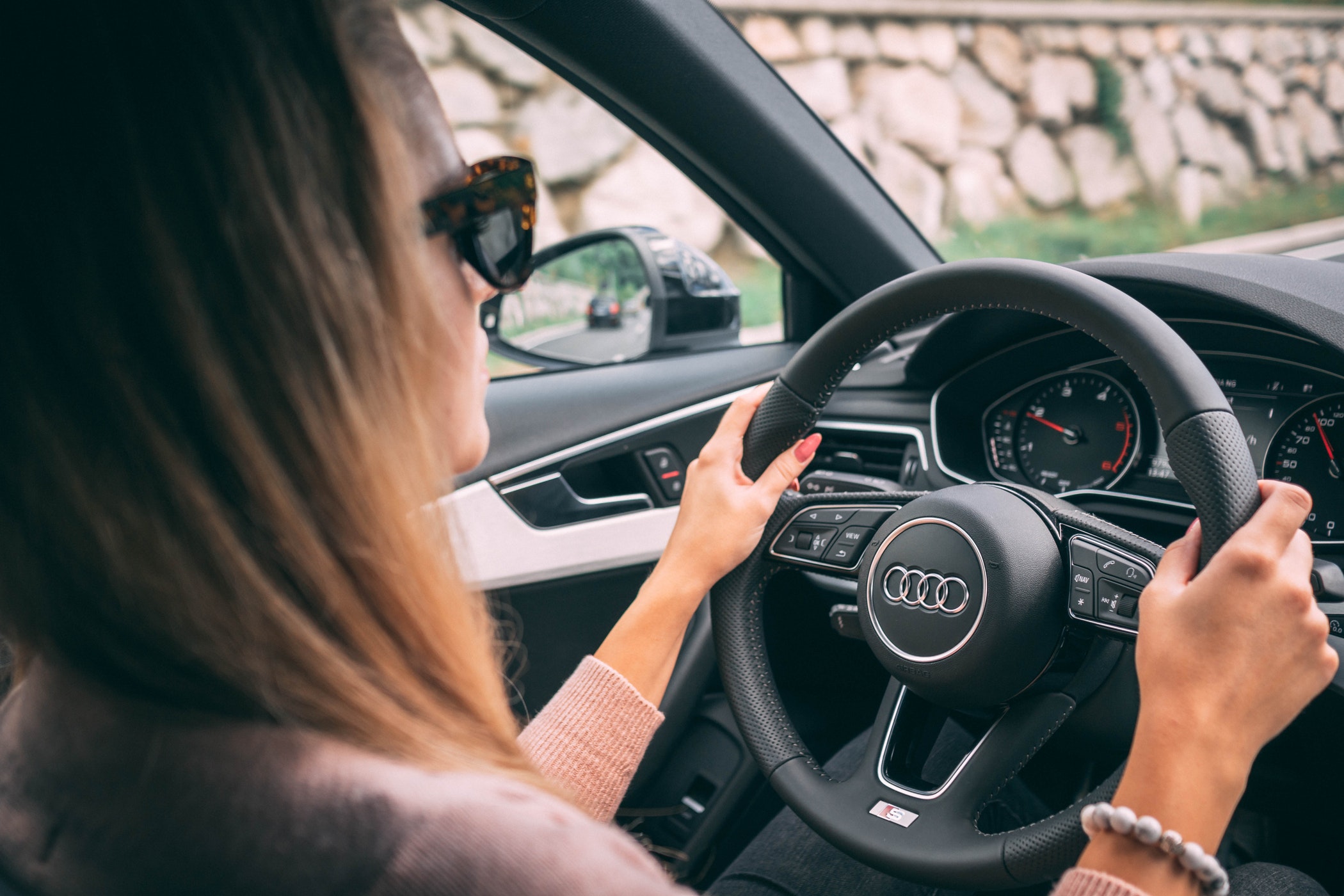Perfect Driving Position
Image via Unsplash by andraslazic
The Best Driving Position
Whether you are too close or too far from the steering wheel, driving in the wrong position has its consequences - ranging from decreased control of the vehicle or injuries, either from prolonged poor posture or from accidents.
Learning proper driving position is one of the first steps in road safety. A good position allows you to:
Grip the steering wheel even in extremes of motion
Ensure mechanical efficiency of your body
Maintain maximum visibility
Prevent any obstructions
Give you maximum control of the car
Firstly, it goes without saying that your vehicle should be a suitable size for you. If you’re exceptionally tall, a supermini vehicle isn’t going to allow for a good posture.
Many cars now offer a vast selection of adjustments to the seat and steering column. To find your ideal position, start with a reset, by pushing your seat all the way back, and as low as possible. Recline your seat, and if adjustable, move the steering wheel all the way up and into the dashboard.
Seat Position
Push your bottom and back firmly into to the backrest. Adjust the seat forward, ensuring that you can reach and completely depress the pedals with your heels on the floor, without your back moving away from the seat. You should be able to pivot easily between the accelerator and brake pedals without lifting your foot. Keep a slight bend in your knees, as keeping them too straight can cause pain.
There should be a 2-finger gap between the back of your knee and the seat. Make sure the car seat edge does not reach the bend of your knee, as this is bad for your knees and circulation.
Seat Height
Adjust your seat height high enough so that your hips are at least level to your knees. Your seat height should give you maximum field of vision and an unobstructed view to the displays in your vehicle. If the maximum height is still too low, try adding a cushion to your seat.
Seat Angle
The backrest should be tilted just slightly, so that the steering wheel is still reachable with slightly bent elbows. A 10-20 degree recline helps to decrease the pressure on the discs in your lower back. When turning your steering wheel, your shoulders to remain in contact with the seat, without needing to hunch forward.
Lumbar Support
If lumbar support is available, adjust its height by positioning it at the curve of your lower back. The lowest edge should be at your belt line or top of the pelvis. Adjust the depth of the lumbar support by moving it until it adequately and snugly fills the arch of your back. To estimate the amount of curve you need, sit back on a straight-backed chair, and push your hand flat into the small of your back against the chair. Ideally, your lumbar support should just adequately fill the gap.
Headrest
The height of your headrest should be adjusted to rest at the middle of your head (not including your neck). The top of the headrest should at least be as high as the top of your head, with your ears level with the middle of the headrest. If it is positioned too low, it could act as a fulcrum in an accident, worsening the effects of whiplash.
To adjust front-to-back, first sit upright, and hold your head in a neutral position. The best way to ensure the right posture is to have someone watch you and correct it if necessary. Adjust the headrest forwards until it almost meets the back of your head. The distance between the headrest to your head should be approximately 2cm.
The tips mentioned here allows you to have the best of both worlds - the best range of movement in your vehicle, and maximum comfort since good posture minimises strain. Once you settle into your newly improved driving position, you may find your time in the car to be less physically straining, and less stressful!

